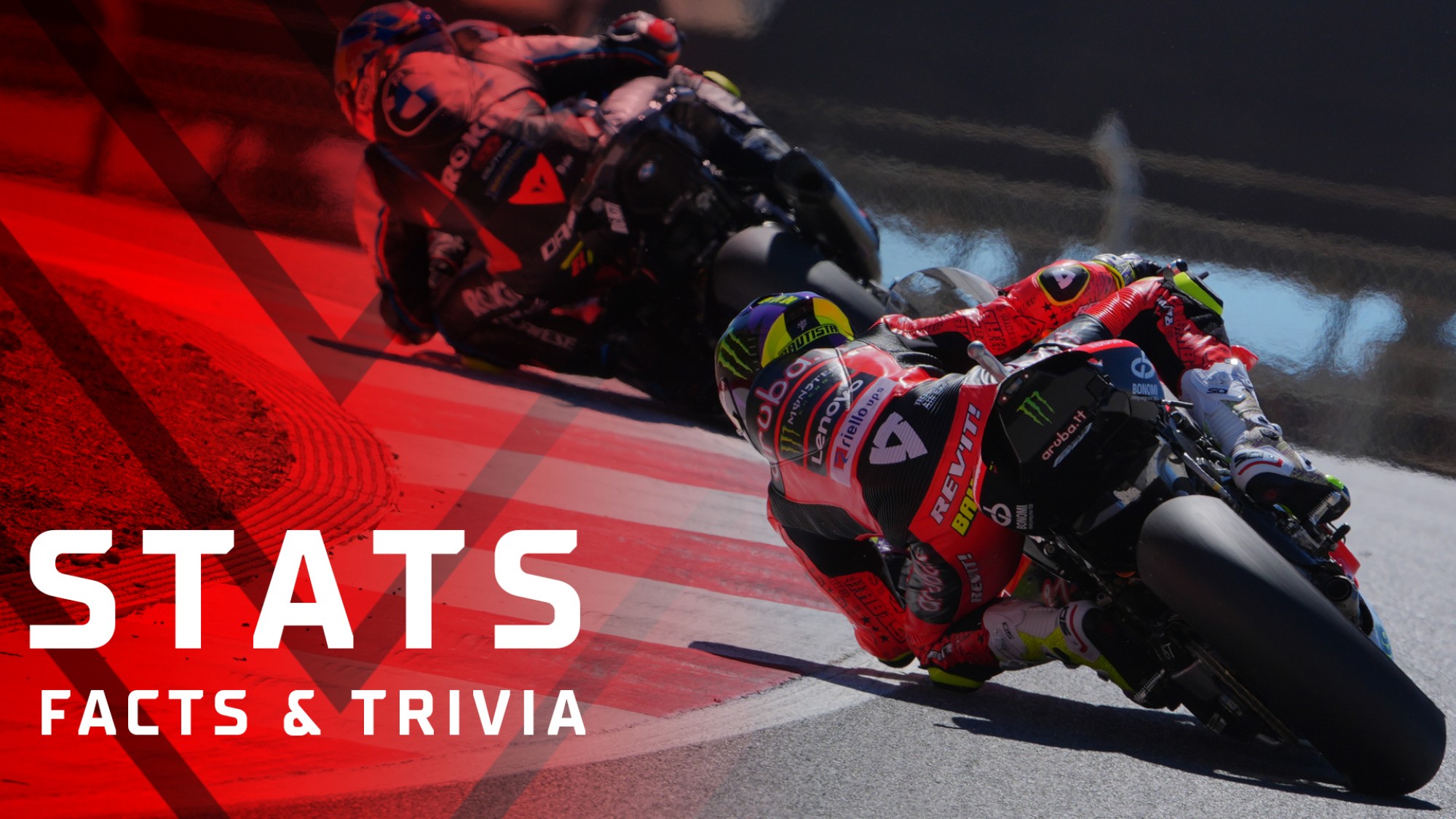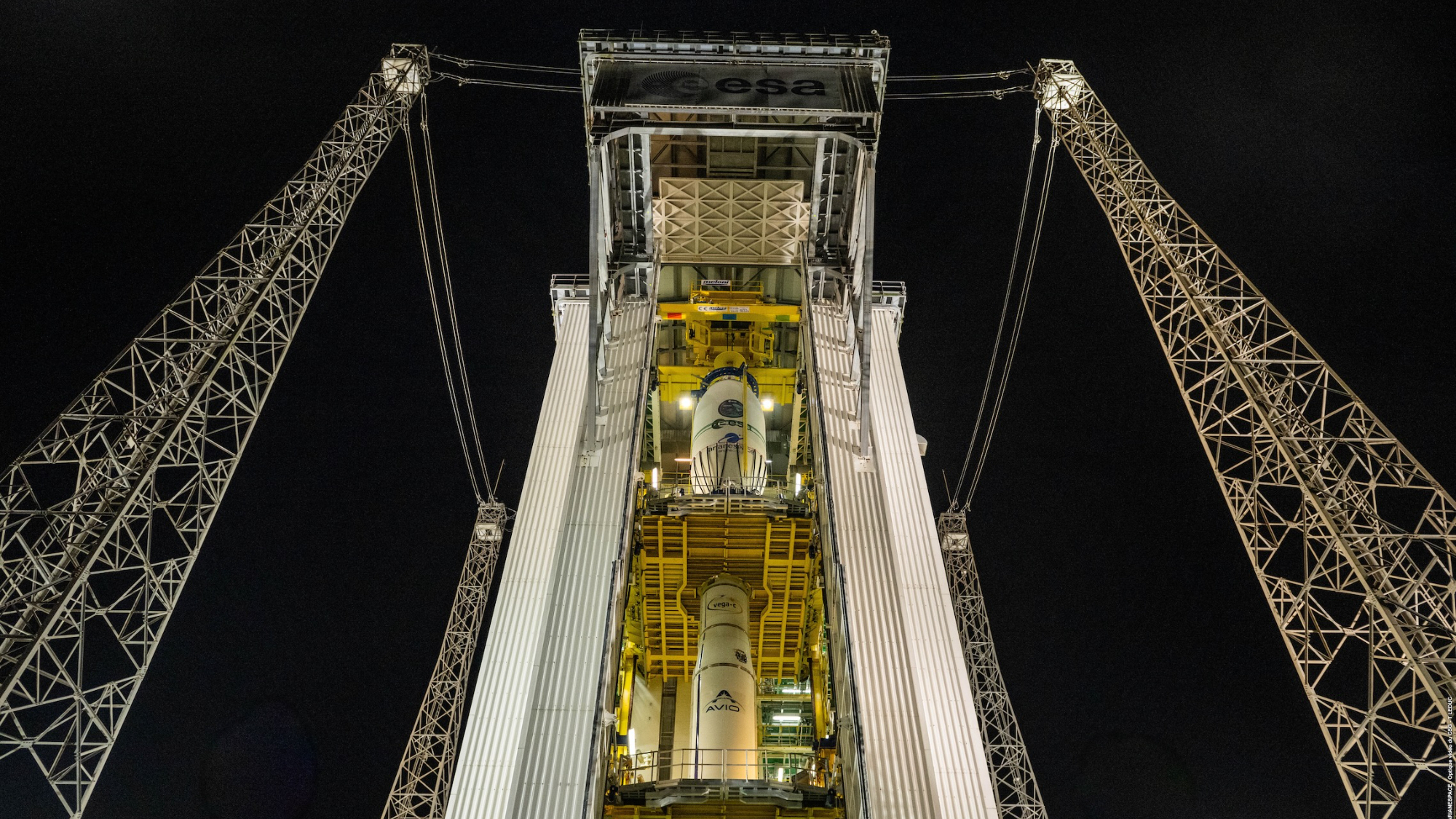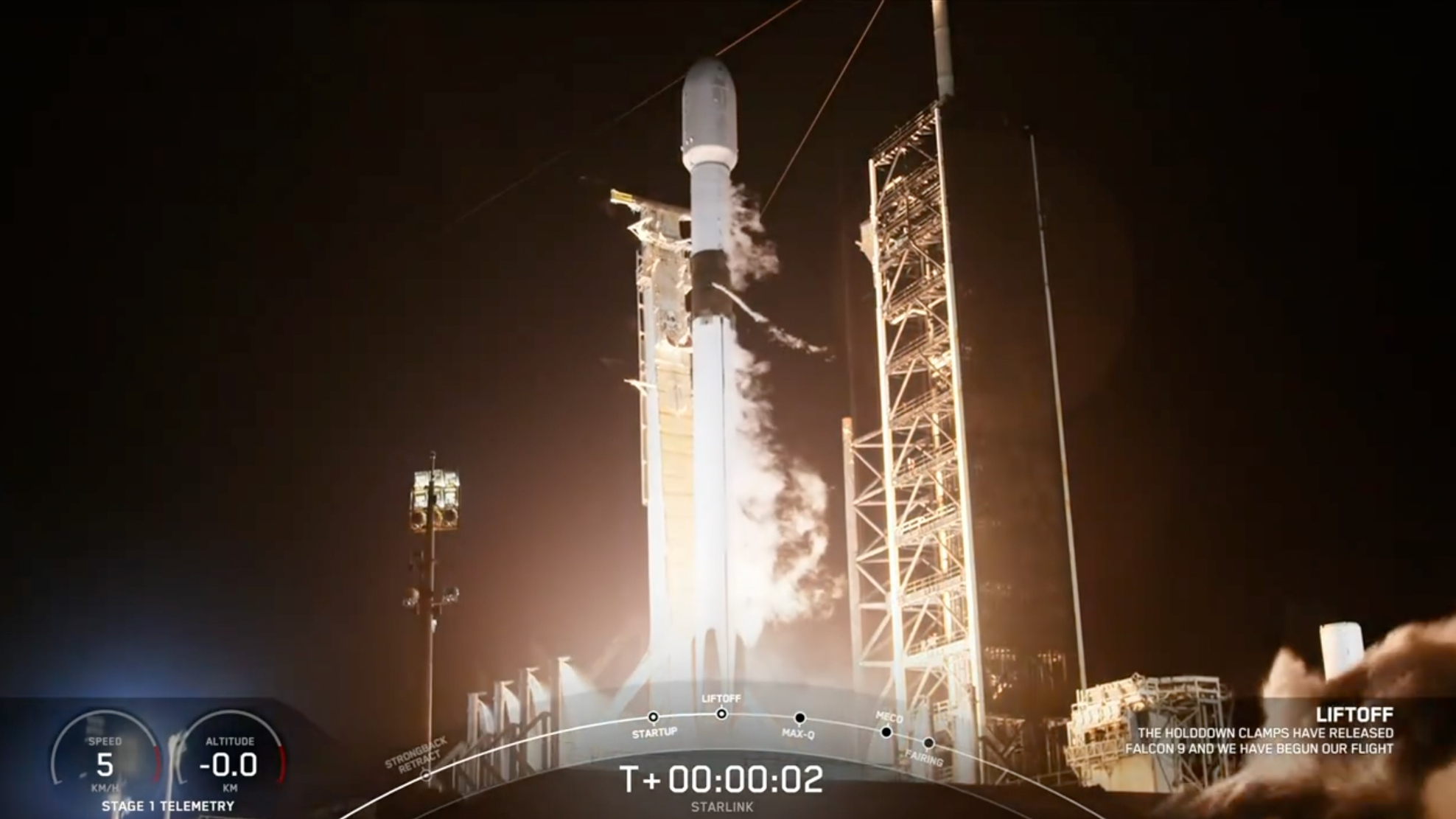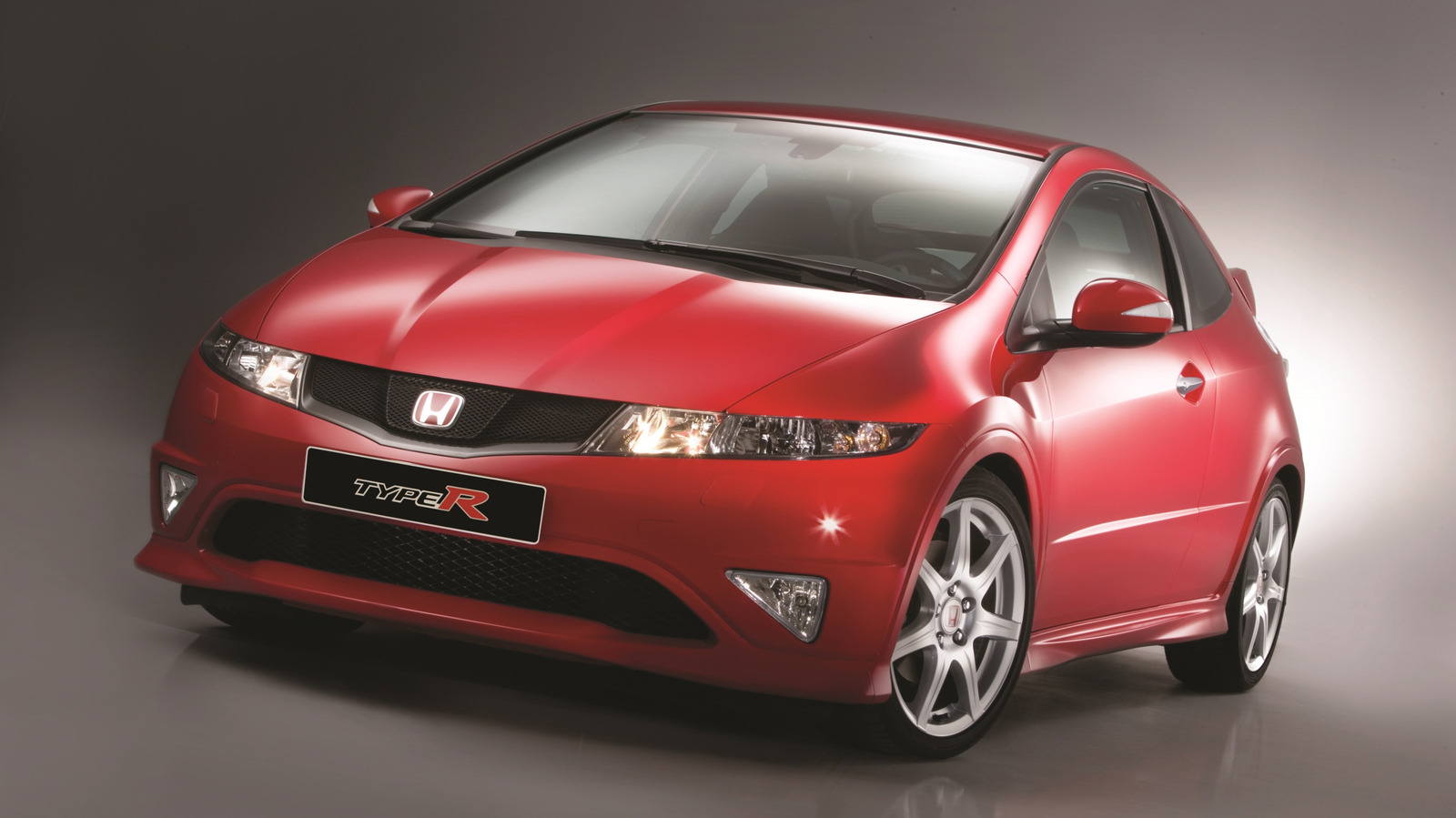Range Rover Electric to get 117 kWh battery – first to be designed and built in-house by Jaguar Land Rover
Development of the Range Rover Electric continues, and we now know that the zero tailpipe emissions version of the flagship SUV will feature a 117 kWh battery that is the first to be developed and […] The post Range Rover Electric to get 117 kWh battery – first to be designed and built in-house by Jaguar Land Rover appeared first on Paul Tan's Automotive News.

Development of the Range Rover Electric continues, and we now know that the zero tailpipe emissions version of the flagship SUV will feature a 117 kWh battery that is the first to be developed and built in-house at Jaguar Land Rover, says the firm.
As part of the electric SUV’s 800-volt architecture, the 117 kWh battery consists of 344 prismatic cells in a double-stacked configuration; however, Jaguar Land Rover has yet to disclose a battery range figure for its upcoming flagship electric SUV.
Single-pedal driving is being developed by the manufacturer to work with the upcoming Range Rover Electric’s Terrain Response system, in addition to the core functions of harvesting energy to replenish the battery through regenerative braking.
This will enable the driver of the Range Rover Electric to stop on an incline using the hill hold function while in single-pedal driving mode, and move off again without using the brake pedal at any point in the process, says the manufacturer.
Development of the new ThermAssist technology in the upcoming Range Rover Electric is also ongoing, which sees the on-board thermal management system being developed to reduce energy consumption by up to 40%, and the system aims to recover heat to warm the electric powertrain, as well as the cabin in ambient temperatures down 10 degrees Celsius.
This is to ensure delivery of optimal driving range even in the coldest temperatures, as well as to minimise the effects of extreme cold upon charging performance, says Jaguar Land Rover.
Chassis development for the Range Rover Electric is also being carried out to ensure that it retains “authentic Range Rover composure” in all conditions, and to that end the switchable twin-chamber air suspension is being developed to manage movements brought about by the EV model’s “distinctive weight distribution,” says the firm.
The driveline of the Range Rover Electric is also capable of torque delivery that is more precise than in internal combustion engine applications, says the manufacturer, as the Intelligent Driveline Dynamics (IDD) system is able to vary rear axle torque from 100% to zero to prevent loss of traction on low-grip surfaces.
Motor speeds can be controlled within 50 milliseconds, and slip can be managed at up to 100 times quicker than the equivalent ICE-powered model, Jaguar Land Rover said.





The post Range Rover Electric to get 117 kWh battery – first to be designed and built in-house by Jaguar Land Rover appeared first on Paul Tan's Automotive News.


















![How to contribute to the Flutter engine [Windows]](https://media2.dev.to/dynamic/image/width=800%2Cheight=%2Cfit=scale-down%2Cgravity=auto%2Cformat=auto/https%3A%2F%2Fdev-to-uploads.s3.amazonaws.com%2Fuploads%2Farticles%2F6l3gn3x9ffod81mk92vm.png)


























































